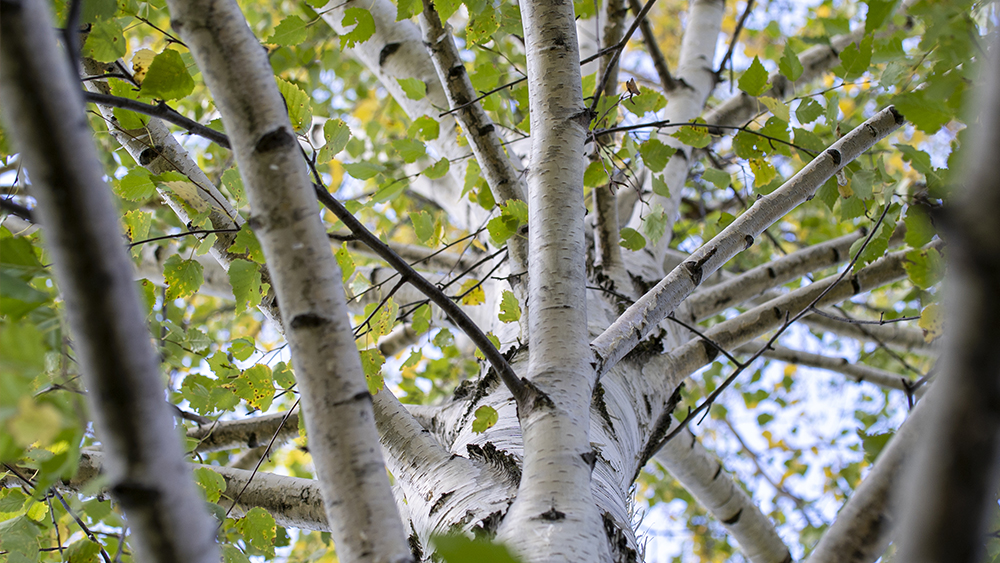A new discovery by a group of German and French scientists has found that Neanderthals were much more sophisticated than previously thought.1 It appears they were making synthetic birch tar, used for glue, through an underground distillation process. This is no surprise to creation scientists who view Neanderthals as a group of early post-Flood (Ice Age) humans.2,3 And some pre-Flood techniques may have been passed on to them through Noah and his sons.
The study compared five techniques that may have been used to create the birch tar, which they used to fix stone tools to wooden handles.1 Then they compared chemical signatures from their various methods with Neanderthal artifacts. Much to their surprise, the science team found that the most sophisticated method was used by Neanderthals.1
The authors of the study concluded:
Through a comparative chemical analysis of the two exceptional birch tar pieces from Königsaue (Germany) and a large reference birch tar collection made with Stone Age techniques, we found that Neanderthals did not use the simplest method to make tar. Rather, they distilled tar in an intentionally created underground environment that restricted oxygen flow and remained invisible during the process. This degree of complexity is unlikely to have been invented spontaneously. Our results suggest that Neanderthals invented or developed this process based on previous simpler methods and constitute one of the clearest indicators of cumulative cultural evolution in the European Middle Palaeolithic [Ice Age].1
By “cultural evolution” the authors mean that Neanderthal families conveyed this method across multiple generations. Of course, this has nothing to do with the fictional story of particles-to-people evolution. But where would a method like this have been developed previously? The answer may reside in Genesis.
It is possible that Noah and his family developed a similar underground distillation technique to make the so-called ‘pitch’ to seal the Ark (Genesis 6:14). Was Noah’s ‘pitch’ created from trees like the birch tar used by Neanderthals? It is definitely possible.
And the word translated ‘pitch’ is the Hebrew word kopher, which was some sort of expensive sheathing or covering that was placed over the wood of the Ark.4 Kopher is used 17 times in the Old Testament and is translated ‘pitch’ only in Genesis 6:14.4 The production of kopher may have been an underground distillation process that was passed on to post-Flood groups including those who we now call Neanderthals. They may have simply adapted it to birch trees.
What was the source of the oil if it was not the kopher or ‘pitch’ that was used on the Ark? Previously, we explained; all of the world’s crude oil was probably formed by Flood processes.5 And the first true oil produced from Flood rocks is likely referenced in Genesis 11:3 in the narration about the building of the Tower of Babel.5 Here the Bible says, “They had brick for stone, and they had asphalt for mortar.” The Hebrew word for asphalt is chemar, which is sometimes translated as bitumen, cement, or slime. So here, unlike the use of the Hebrew word kopher, the Bible is describing a tar or bitumen product, essentially a hydrocarbon. This oil was already seeping from the ground around 100 to around 340 years after the Flood during the time of Peleg (Genesis 11:18-19).
This gives us a relatively narrow time window of under 300 years for oil to have begun generating from the Flood sediments. Is this too short a timeframe for oil to form? Not at all. In 2013, engineers at the U.S. Department of Energy’s Pacific Northwest National Laboratory reported they were able to transform harvested algae into crude oil in less than one hour with only some heat and pressure.6 Therefore, there is every reason to think this process could have occurred naturally in as few as 100-300 years after the Flood.
Since Neanderthals were post-Flood humans, it seems likely they would have had techniques and methods passed on to them through Noah and his sons. This ‘sophisticated’ distillation method to make tar is fitting proof of their true humanity and possibly a tie to pre-Flood technology.
References
- Schmidt, P., et al. 2023. Production method of the Königsaue birch tar documents cumulative culture in Neanderthals. Archaeological and Anthropological Sciences 15:84.
- Sherwin, F. 2023. Neanderthal crab bake. Creation Science Update. Posted at ICR.org on March 9, 2023, accessed July 5, 2023.
- Tomkins, J. 2020. Humans and Neanderthals More Similar than Polar and Brown Bears. Creation Science Update. Posted at ICR.org on June 28, 2020, accessed July 5, 2023.
- Morris III, H. M. 2013. The Book of Beginnings, Volume Two: Noah, the Flood, and the New World. Dallas, TX: Institute for Creation Research, 30-32.
- Clarey, T. 2014. Rapidly Forming Oil Supports Flood Time Frame. Acts & Facts. 43 (3):14-15.
- Rickey, T. Algae to crude oil: Million-year natural process takes minutes in the lab. Pacific Northwest National Laboratory. Posted on pnnl.gov December 17, 2013, accessed July 5, 2023.
* Dr. Clarey is Director of Research at the Institute for Creation Research and earned his doctorate in geology from Western Michigan University.





















